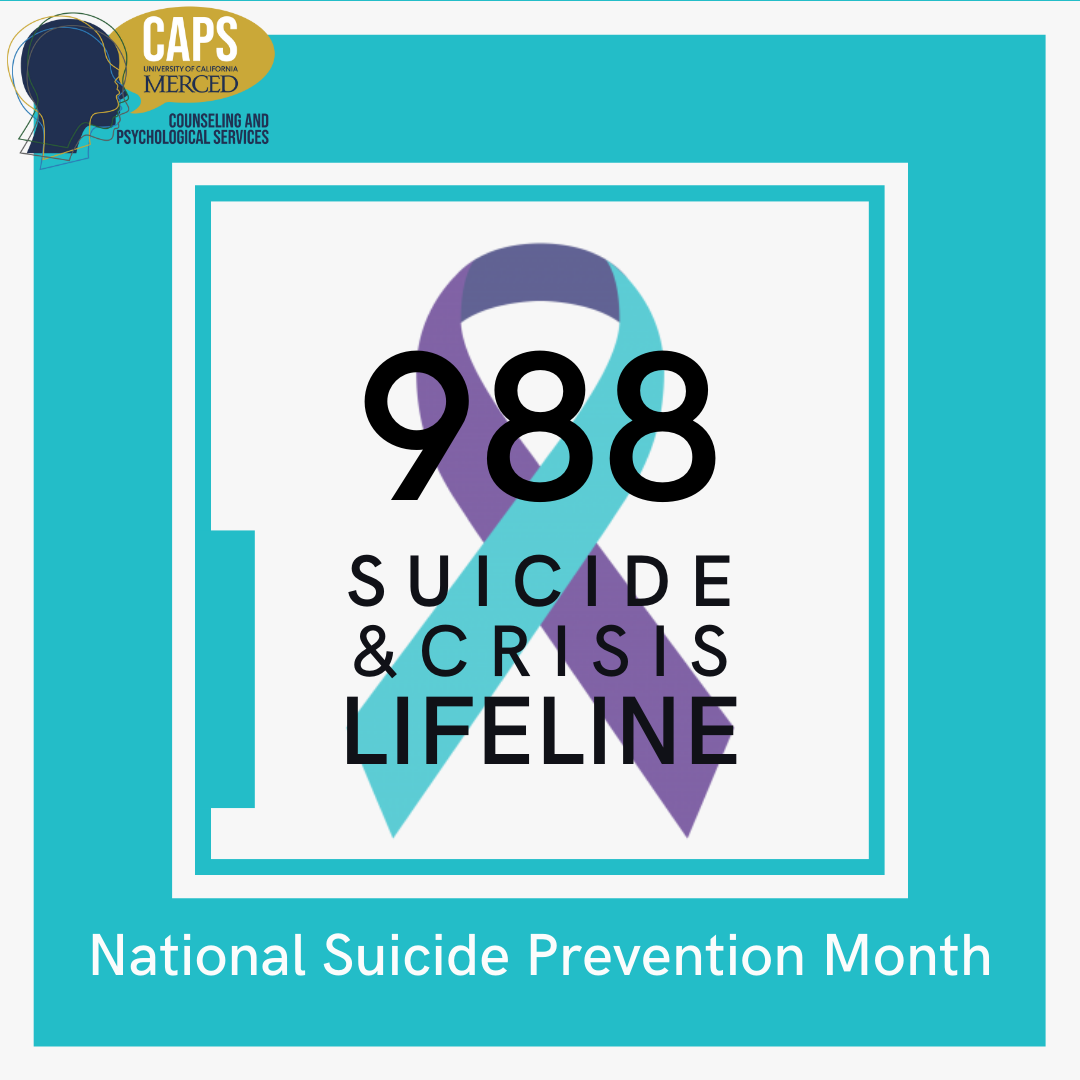The 2024 election has brought a lot of fear and stress into the lives of people throughout the country. A recent survey by the American Psychological Association found that 77% of adults in the US are worried about the future of the nation, 73% reported feeling stressed out about the economy and 69% reported feeling stressed about the presidential election. When adults are feeling this high of a level of stress, you can bet that children and adolescents are feeling it too.
Why are people feeling so much anxiety?
Regardless of their political leanings or which candidates they prefer, most people in the US agree that the stakes are high in this election. Uncertainty activates anxiety, especially when the thing we are uncertain about is believed to be extremely important. There is a lot that is uncertain at present. Who will win? What will they do when they take office? What will the candidate who doesn’t win do? What will other people do? Will there be a peaceful transfer of power?
Change also causes anxiety. On the national as well as the state and local levels, elections usher in change. We feel anxiety when the changes that are anticipated are not ones that we want. We also feel anxiety when we believe that change is needed but not likely to happen. Uncertainty about whether change will happen, what will change and how quickly changes will happen all add to feelings of stress and anxiety.
Are children and adolescents feeling it too?
The answer is YES. Even though they aren’t yet old enough to vote many adolescents today are very much aware of political, social and economic issues affecting the country and they worry about how they will be affected by the outcome of the election. Recently The New York Times asked more than 1000 teens to identify the local, national and global issues they would most like political leaders to address. The teens who responded expressed concerns about climate change, abortion, gun violence, the economy, social media, international relations, health care, farming and homelessness. Not having the ability to vote leaves some teens feeling increased anxiety because they feel powerless to influence the issues that are important to them.
Young people, children and teens alike, are aware of how contentious the political climate is. It is hard to turn on the TV, stream media or log onto the internet without encountering political ads and commentary. Adults are talking about their own opinion on candidates and issues and about events that have been in the news. Young people listen.They are adept at picking up on the emotions and stress level of the adults with whom they interact on a regular basis. Without even realizing it, they often mirror those same emotions and the heightened level of stress.
What can we do to help children and adolescents with their election anxiety?
Christina Bethel, who researches what helps children to flourish, found that children did better when they were able to talk to trusted adults about the difficult things in life, those situations that don’t have easy answers. Having adults in their lives who could sit with them through discomfort and uncertainty helped children to learn how to regulate their emotions and deal with ambiguity.
Teachers, parents and other caring adults must be prepared to respond to the emotions, words and behaviors of children and adolescents who are feeling anxiety. Keep in mind that many times anxiety shows up looking like anger, irritability and power struggles, especially for children who don’t like what they are hearing, don’t like what they think is going to happen and feel powerless to control what is happening.
If you are a teacher, a parent or someone who cares about the young people in your life here are some things you can do and say to help.
Help them to feel seen and heard – Describe what you notice using phrases like “you look worried” or “your voice sounds upset.” Encourage them to tell you their thoughts and feelings. Listen carefully to what they say and how they say it. Thank them for sharing this with you. Don’t rush to fix things or to say that they don’t need to worry. This often comes off as indicating that you don’t really understand or that you simply don’t care.
Help them to feel seen and heard – Describe what you notice using phrases like “you look worried” or “your voice sounds upset.” Encourage them to tell you their thoughts and feelings. Listen carefully to what they say and how they say it. Thank them for sharing this with you. Don’t rush to fix things or to say that they don’t need to worry. This often comes off as indicating that you don’t really understand or that you simply don’t care.
Addressing misinformation or misunderstandings – It can be difficult to tell people that they are wrong without making them feel defensive. When we feel defensive, our ability to listen tends to shut down. A more effective way to start is by asking where the person heard the inaccurate information. Model being a responsible consumer of information by showing the young person how to identify the source of information and evaluate how reliable that source is. Offer to help them identify more reliable sources of information or to find additional information that could help them to understand the situation more fully. You can also offer to share information that you have by saying something like, “may I tell you some things I know that might help you to understand this better?” Instead of telling the young person what to think, help them learn how to think things through, how to collect and evaluate information, and how to make an informed decision.
Help them feel safe – Let them know that there are adults in their life (including yourself) who are aware of what is going on and who will do what is needed to keep them safe. Reassure them that this will not change, no matter what the results of the election turn out to be. Whatever happens, you will be there with them and will be working on plans for what is needed to keep your class, your family or your loved ones safe and moving forward. Bethel, the researcher mentioned earlier, found that having trusted adults looking out for you and keeping you safe is one of the positive childhood experiences that is linked to better mental health in adults.
Mary M. Kreitz, LPC, CDCA has more than 20 years of experience working in the field of behavioral health. She is currently the lead therapist for the Trauma Program at Child & Adolescent Behavioral Health, is a member of the Stark County Trauma and Resiliency Committee, and is a member of the Unity Coalition to Dismantle Racism in Stark County.
RECENT POSTS












